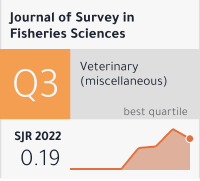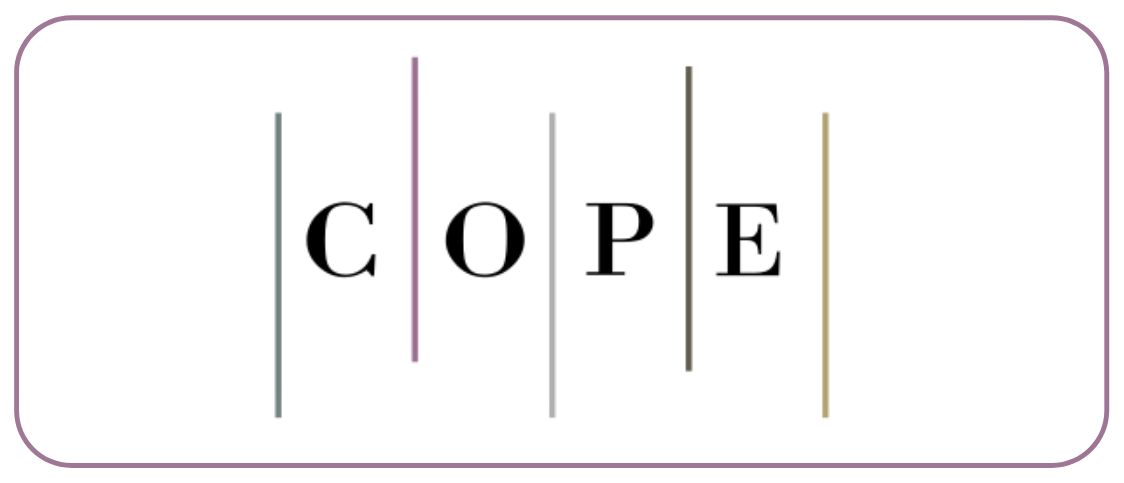Abiotic Factors Influence Patterns of Hymenopteran Diversity in Leafy Vegetable Field of Kumhari, Durg
DOI:
https://doi.org/10.53555/6p02g788Keywords:
hymenopteran, seasonal incidence, abiotic factors, kumhari.Abstract
In the leafy vegetable field of Kumhari villages Durg, Kumhari, an assessment was conducted in the field to determine the seasonal abundance of the main insect groups of leafy vegetables from January 2022 to December 2022. In winter, the number of hymenopteran species is high because the temperature, humidity, and light intensity are ideal for the growth and blooming stages of green crops. Conversely, a moderate number of hymenopteran families survive the summer months since the high temperatures and low humidity are detrimental to their foraging habits. The season after harvest resulted in a decrease in food availability for hymenopterans. In contrast, the pre-growing and seeding phases of green vegetables are at their peak during the wet season. In this season, no. of family of hymenopteran less found because maximum family member of hymenopteran after matting winter season became the form of larval and egg stages so it’s not play the foraging and nutrition taking and The variety, foraging behaviour, nutrition-taking activities, and mating of the Hymenopteran family were also impacted by the light intensity. Light intensity is ideal for foraging behaviour, mating activity, and nourishment during the winter, resulting in the highest number of hymenopteran activity. Comparatively speaking, a moderate number of hymenopteran species can withstand high light levels during the summer. It indicates that high light levels are unsuitable for the maximal hymenopteran family's foraging behavior and nutritional viability. In comparison to the winter and summer seasons, the rainy season has intermediate light intensity but low hymenopteran diversity and activity. Seasonally, the Pearson correlation shows a slight negative association between temperature and the number of family members (r = -0.161, p =.636).There is a non-significant medium-sized negative association between the number of family members and humidity (%) (r =.343, p =.332), and a non-significant very tiny negative correlation between the number of family members and light intensity (Lux) (r =.0667, p =.855).









